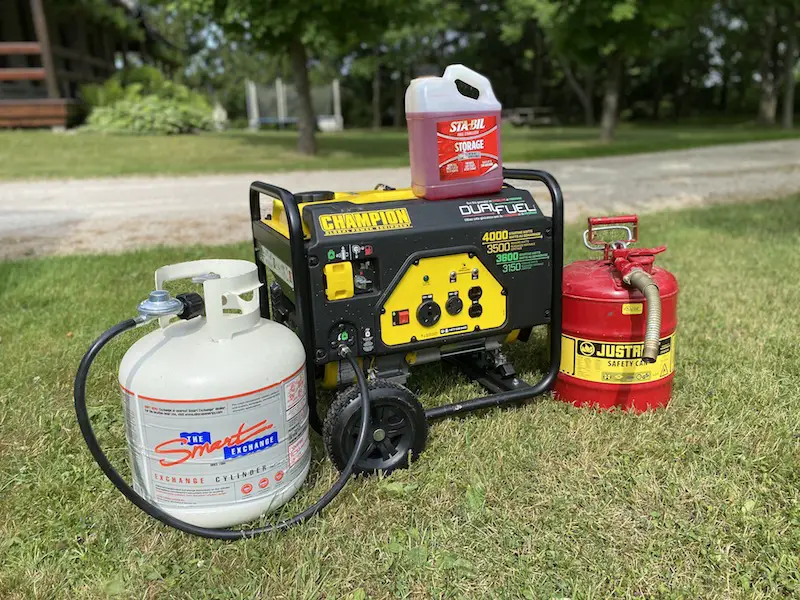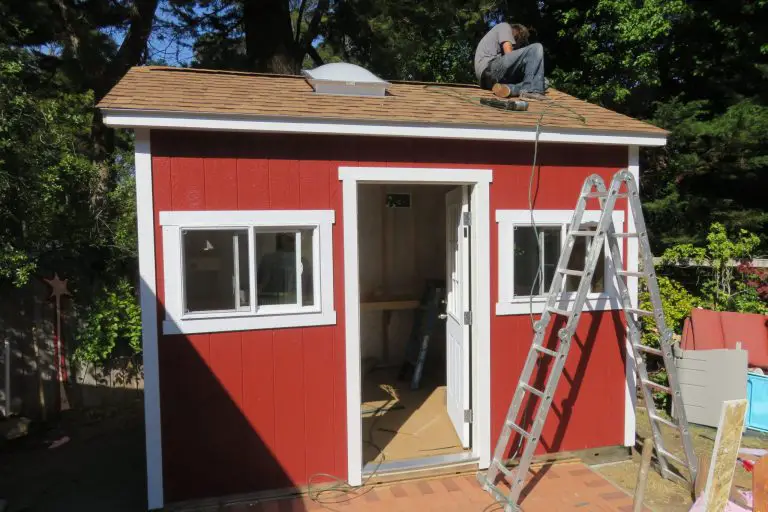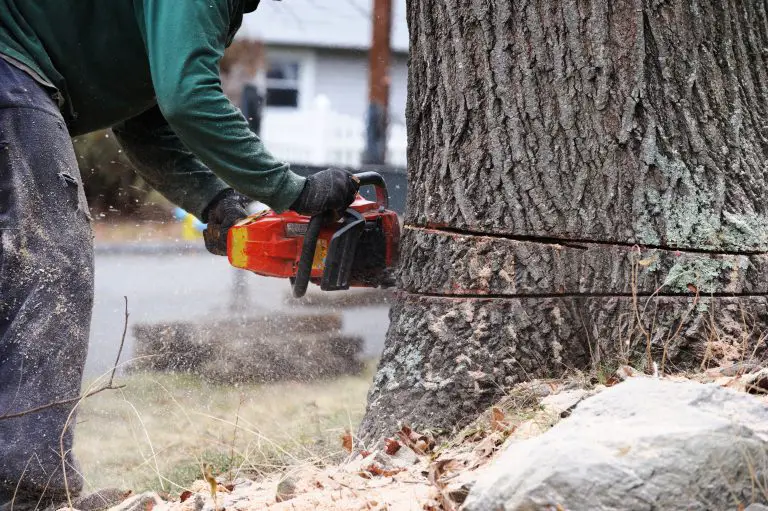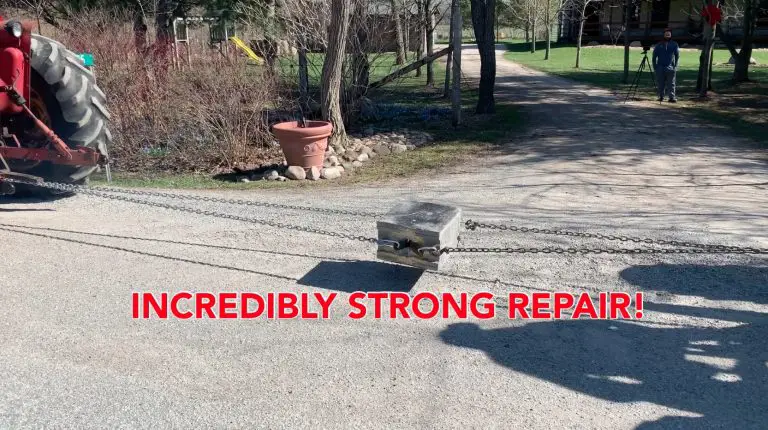
- Video Watch Time = 10 minutes
Home generators have never been more popular because people are more concerned than ever about backup electrical power when the grid goes down. What’s easy to miss is that without pre-planning, most generators won’t offer much benefit for outages lasting longer than a day or two. Running out of gasoline is one challenge during extended outages, but this is where wise fuel management and the new breed of multi-fuel generator can help.
The Multi-Fuel Advantage
Multi-fuel generators are designed to use two or three different kinds of fuel, and this provides more flexibility when it comes to long-term outages. Most portable generators burn gasoline only, but what if you run out of stored gasoline before the outage is over? Few gas stations have outage-proof pumping capacity to keep fuel flowing during a black-out, but even if they did, how long will gas stations have fuel to sell if delivery trucks can’t get to the station with more gasoline because roads are blocked by downed trees or covered in ice?
Dual fuel generators are one way to boost resilience. They burn gasoline in the usual way, but they also come with a hose and regulator that allows a 20 or 30-pound propane cylinder to connect to the machine. With an additional adaptor any dual-fuel generator can also be connected to stationary propane tanks as large as 1,000 gallons, allowing days or weeks of operation with no need to refuel. Besides increasing flexibility, some people prefer propane to gasoline for generators because propane never goes stale like gasoline can. The only drawback with propane that I’ve found is that it delivers somewhat lower power output than gasoline, especially during winter as internal propane tank pressures are lower with colder temperatures. This is not a big deal, but you should expect about a 10% reduction in power output.
Burning Three Different Fuels
Tri-fuel generators are even more flexible than dual fuel models because they can use three kinds of fuel, not just two. In addition to gasoline and propane, tri-fuel units also run on natural gas delivered via the supply that your home may have. You’ll need fittings and a shut-off valve to connect your generator to a household gas outlet, but the result is complete freedom from having to obtain fuel in any kind of tank. Natural gas is currently much cheaper than gasoline and propane for a given run time of generator, natural gas never goes stale, and since natural gas supply pipes are underground, it’s more reliable than grid power. The only time you’ll have to shut off a natural-gas-capable generator is for maintenance and oil changes or when the power comes back on.
Managing a Gasoline Supply
There are two main challenges when it comes to keeping your generator running on gasoline. One is the quantity of gasoline you’ll need. An 8000 watt generator operating at half load burns about three-quarters of a gallon of gasoline per hour. If you ran your generator all the time, this translates to 18 gallons of fuel per day, or roughly three large gas cans. That’s a fair amount. Then there’s the age-old problem of gasoline not burning well when it spends more than a couple of months in the can.
Preserving Gasoline
I keep gasoline in reasonable shape by adding preservative as I fill gas cans at the station. A big jug of preservative lasts years because gasoline generally needs only 1 ounce of stabilizer for every 2 1/2 gallon of fuel (That’s 30ml – about two tablespoons – for every 10 liters of fuel). Gasoline treated like this keeps fresh for at least a year. They say that fortune favours the prepared, and this certainly applies to generators. Besides the practical advantages, it’s satisfying to know that you’ve got what it takes to keep everyone in the house warm or cool, depending on the season, as well as dry, illuminated, fed and safe.
Watch the video below for a detailed tour of the multi-fuel generator option.
- Video Watch Time = 10 1/2 minutes












